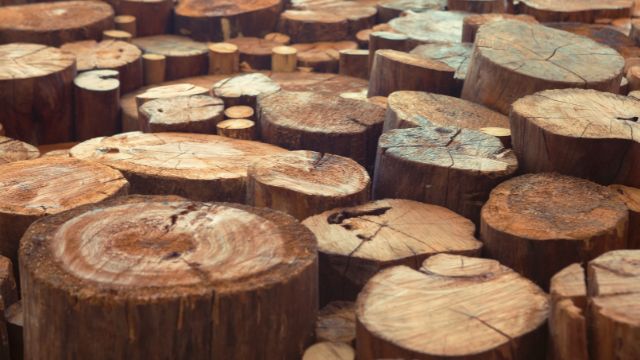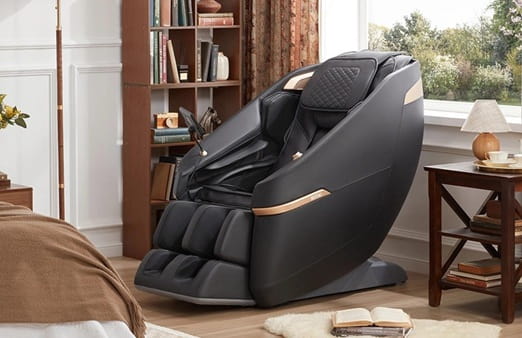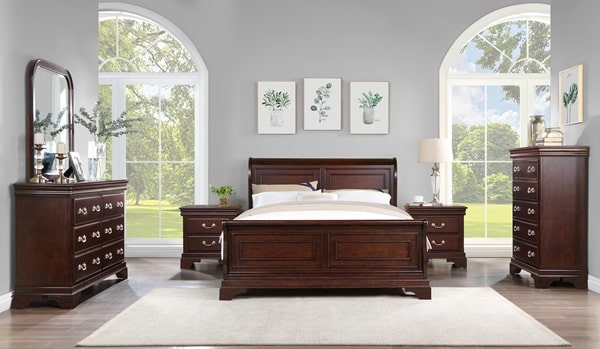Suppose you are standing in a woodworking shop, surrounded by the rich scent of lumber, trying to pick the perfect wood for your new furniture piece. Pinewood and Teakwood, both strong contenders, have caught your eye. These two have won hearts in the woodworking world, thanks to their hardiness, charm, and versatility. But how do you choose between them? Let’s dive into the unique qualities, uses, and environmental footprints of these two remarkable woods. You can take today’s post as the in-depth lowdown on the potential pros and cons of both Pine Wood and Teak Wood. Our goal here is to arm you with the right knowledge so that you can decide on your own which wood type is perfect for your next woodworking project. So yeah, let’s just straight dive into that.
What Is Pine Wood?
It’s this wonderfully flexible, lightweight softwood that’s been making a name for itself all over the globe. The thing that makes it stand out in the furniture world is its ‘feather-light’ quality, it’s just so easy to shift around the house. Visually, pine wood is a stunner, but it’s not just about what meets the eye, this type of wood is an unsung hero in soundproofing. Believe it or not, pine wood is used in many recording studios for its acoustic-dampening abilities.
Pros Of Pine Wood
- Pinewood is probably one of the most budget-friendly woods out there. So whether you’re a DIY enthusiast or a master craftsman, it’s just a quick trip to your local lumberyard to pick up some lovely pine.
- Its delightful shades of yellow and brown along with a deep, textured grain give it a unique charm. And when it comes to working with it, the wood’s pliability makes it a dream to handle.
- It’s hard not to admire pine for its speedy growth, outpacing many of its hardwood cousins. This means it’s a sustainably sourced wood – good for the planet and your conscience.
Cons Of Pine Wood
- Despite its many admirable qualities, pine wood does have its limitations. One such drawback is its unsuitability for outdoor use. Exposed to extreme weather, pine tends to deteriorate rather quickly. Its susceptibility to damage from moisture and its inability to withstand harsh elements mean that it’s not the best choice for outdoor furniture or structures.
- Being a softwood, pine is also prone to quick damage. It’s all too easy to accidentally inflict a nick or scratch on your pine wood masterpiece. While this might add to the rustic charm in some cases, it’s generally something you’d want to avoid.
- Some people may find the strong scent of pine a bit overwhelming, particularly those with allergies. It’s a characteristic fragrance, but it’s not for everyone. While the smell can be quite pleasant and reminiscent of a forest retreat for many, for others it can be a little too intense. So, if strong fragrances don’t agree with you, or you’re prone to allergies, this is something to keep in mind when considering pine for your projects.
What Is Teak Wood?
Growing mostly in south and southeast Asia, including the Indian Subcontinent, teak stands out for its toughness, lasting power, and its remarkable resilience against dampness, decay, and pests. It’s a bit pricier than pine, but given its longevity and its inherent charm, it’s no wonder it’s a favorite for indoor and outdoor furniture.
Pros Of Teak Wood
- The secret to teak’s resilience lies in its natural oils, which effectively make it a sort of special wood, shielding it against moisture, rot, and bugs. This unique trait makes it the ideal choice for creating outdoor furniture that can withstand the elements.
- When it comes to looks, teak doesn’t disappoint either. Its grain patterns are consistent and unique, ensuring a smooth and satisfying result once it’s sanded and planed.
- The durability of teak extends to its structural stability too. It doesn’t easily warp or crack, ensuring your beloved teak furniture, with a little bit of care, could become heirlooms for future generations.
Cons Of Teak Wood
- The first challenge with teak wood is getting your hands on it. Over-exploitation has made teak forests scarce, making the wood itself hard to come by. The law of supply and demand kicks in here, driving up the price and making teak a pricier choice than many other types of wood.
- Another downside to teak is its lack of good acoustic properties. If you’re thinking of crafting a musical instrument or constructing a recording studio, teak might not be your best bet.
- Teak wood also has some sustainability concerns. The tree takes a hefty amount of time, more than eighty years, to reach maturity. This long growth period means that the supply of teak can’t be easily or quickly replenished, raising environmental and sustainability issues.
Conclusion
All in all, both Sal and Teak woods have their charms and challenges. Like choosing a companion for a long journey, your pick will depend on what you value most. Is it about cost-effectiveness, longevity, visual allure, or ecological responsibility for you? Knowing these wood types can certainly make you an informed and well-educated decision.


